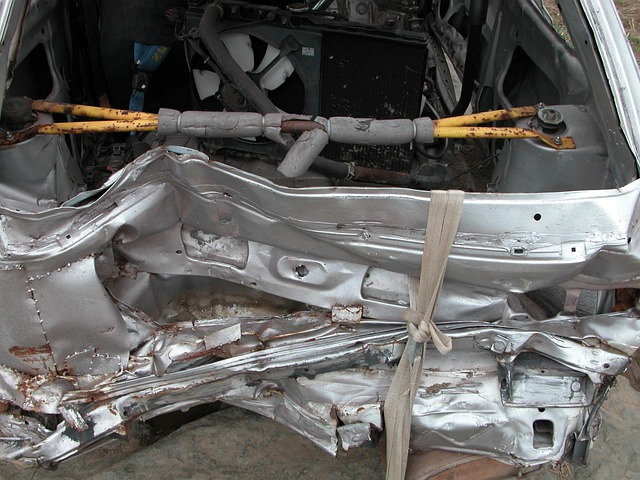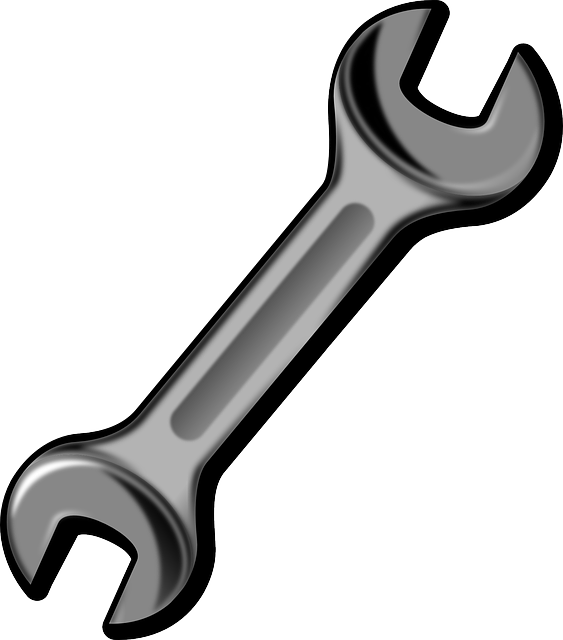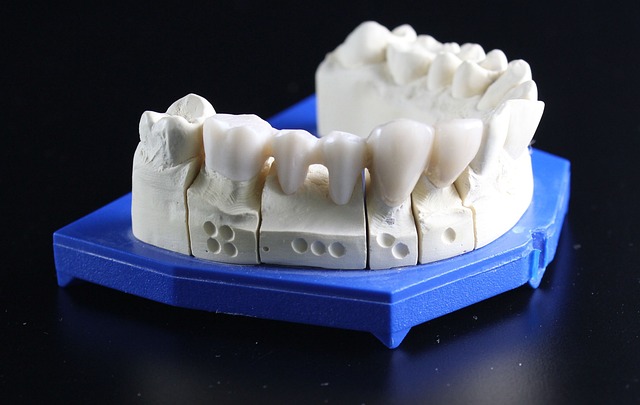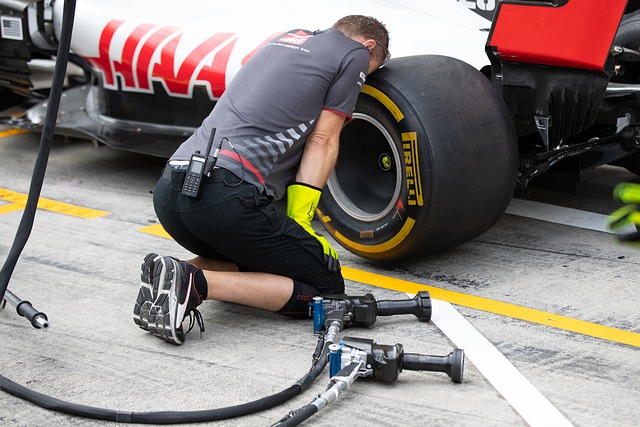Automating manual tasks within claims documentation services boosts efficiency and accuracy, particularly for repetitive activities like data entry, document formatting, and standard claim content generation. By transcribing vehicle and repair details from incident reports, automation frees professionals to focus on complex tasks, ensuring consistency and saving time in high-volume claims processing. This technology streamlines data entry, reduces errors, handles document formatting, and speeds up initial reviews, ultimately enhancing the entire claims management process.
In today’s competitive landscape, automating certain processes within claims documentation services offers a strategic advantage. By identifying manual tasks prone to errors and time-consuming operations—such as data entry, document formatting, and initial reviews—businesses can streamline their workflows. Automation promises enhanced efficiency, reduced turnaround times, improved accuracy, and significant cost savings. This article explores practical steps for implementing automated solutions, ensuring seamless claims documentation service workflows while leveraging cutting-edge technologies.
- Identifying Manual Tasks for Automation in Claims Documentation Services
- – Discussing common time-consuming and error-prone tasks in claims documentation.
- – Examples: Data entry, document formatting, and initial review processes.
Identifying Manual Tasks for Automation in Claims Documentation Services

In the realm of claims documentation services, identifying manual tasks suitable for automation is a strategic move to enhance efficiency and accuracy. Many processes within this field involve repetitive, time-consuming activities that can be streamlined with automated solutions. For instance, data entry, document formatting, and content generation for standard claim forms are ideal candidates. By automating these tasks, documentation professionals can save significant time, reducing the potential for errors and increasing overall productivity.
Focus on tasks that are often tedious and prone to human mistakes, such as transcribing vehicle details (including make, model, year, and auto body repairs like painting or restoration) from incident reports into claim documents. Automated systems can efficiently extract this information, ensuring consistency and saving documentation specialists from manually inputting data, which is particularly beneficial when dealing with a high volume of claims.
– Discussing common time-consuming and error-prone tasks in claims documentation.

Claims documentation services often involve a multitude of tasks that are not only time-consuming but also prone to human error. These include data entry, formatting documents to meet various regulatory standards, and ensuring accuracy in recording detailed information about damage assessments and repair processes. In a claims documentation service, these repetitive and meticulous jobs can significantly delay operations, especially in bustling collision repair centers or auto body shops where every minute counts in processing claims efficiently.
The manual nature of these tasks increases the likelihood of mistakes, which can have cascading effects, from delaying payments to causing friction between insurance providers, clients, and automotive body shop staff. Automation offers a solution by streamlining these processes, reducing errors, and expediting document handling. By implementing automated systems, collision repair center professionals can free up resources for more strategic tasks that require human expertise, ultimately enhancing the overall efficiency of claims processing.
– Examples: Data entry, document formatting, and initial review processes.

In the realm of claims documentation services, automation has proven to be a game-changer, streamlining processes and enhancing efficiency across various stages. For instance, data entry, a tedious task in the past, can now be largely automated, saving time and reducing errors. Automated systems can swiftly input and organize vast amounts of data from car body repair reports, vehicle collision repair assessments, and other relevant documents into digital formats suitable for analysis and claims processing.
Furthermore, document formatting, another crucial aspect, benefits immensely from automation. By employing intelligent software, the layout, font styles, headers, and footers can be consistently applied across multiple documents, ensuring a professional and uniform look. Initial review processes are also revolutionized through automation, as systems can now detect common patterns, identify discrepancies, or flag potential issues, allowing for quicker decision-making in auto repair services and claims management.
Automation can significantly enhance the efficiency and accuracy of claims documentation services by streamlining repetitive tasks. By identifying and implementing automation for data entry, document formatting, and initial review processes, businesses in the claims documentation industry can improve productivity and reduce errors. This, in turn, leads to faster turnaround times and higher customer satisfaction, making automation a valuable asset in modern documentation practices.













